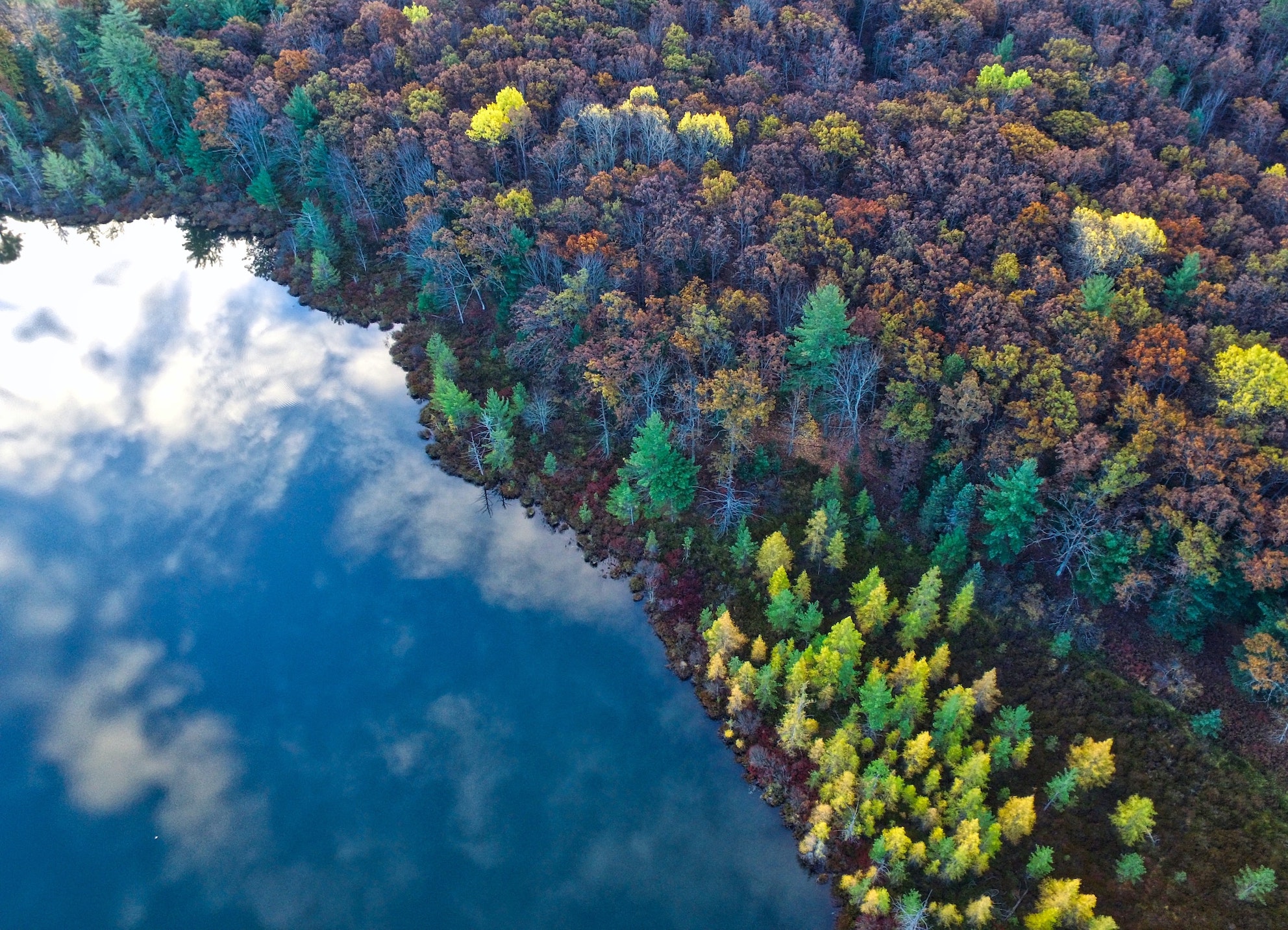15 July 2021 – by Atoosa Gitiforoz
Post disaster violence against women and girls (VAWG) increases due to the exacerbation of pre-existing gender inequalities, failures of law enforcement and exposure to high-risk environments.
Gender-sensitive risk reduction policies and the inclusion of women in disaster management are crucial measures in reducing post disaster VAWG and in treating health consequences of climate disasters that primarily impact women.
‘Women and girls bear a disproportionate burden of disaster-related impacts’. Mortality rates are higher for women than men – in the 1991 Bangladesh cyclone, 90% of deaths were women. The exacerbation of VAWG includes intimate partner violence, sexual violence, female genital mutilation, honour killings and human trafficking. For example, the 2011 Christchurch earthquake in New Zealand saw a 40 per cent increase in levels of rape in rural areas. In Australia, VAWG is five times higher in households impacted by bushfires.
Economic insecurity following climate disasters is another factor that increases VAWG. Following the disaster in Haiti, poverty lead to men looting homes and attacking women. South Asian countries also see higher rates of child marriage as a result of post-disaster poverty. Prolonged reconstruction of people’s homes, that leave people displaced in camps and shelters, also leads to women and girls being left at a heightened risk of violence. Poor law enforcement in temporary shelters and camps also allow VAWG to happen with little to no consequences for perpetrators.
VAWG as a public health issue and disaster management concern needs to be addressed within policy making, planning and practice. The absence of women’s perspectives in disaster management increases the risk of post-disaster VAWG. Whilst the Sendai Framework for Disaster Risk Reduction 2015-2030 has pledged to be gender inclusive in policy, strategy and practice, the inclusion of women in disaster management on local levels is also needed.
Studies that look at the relationship between long-term climate related damage to environments and VAWG are necessary to understand the more nuanced consequences of environmental degradation.



